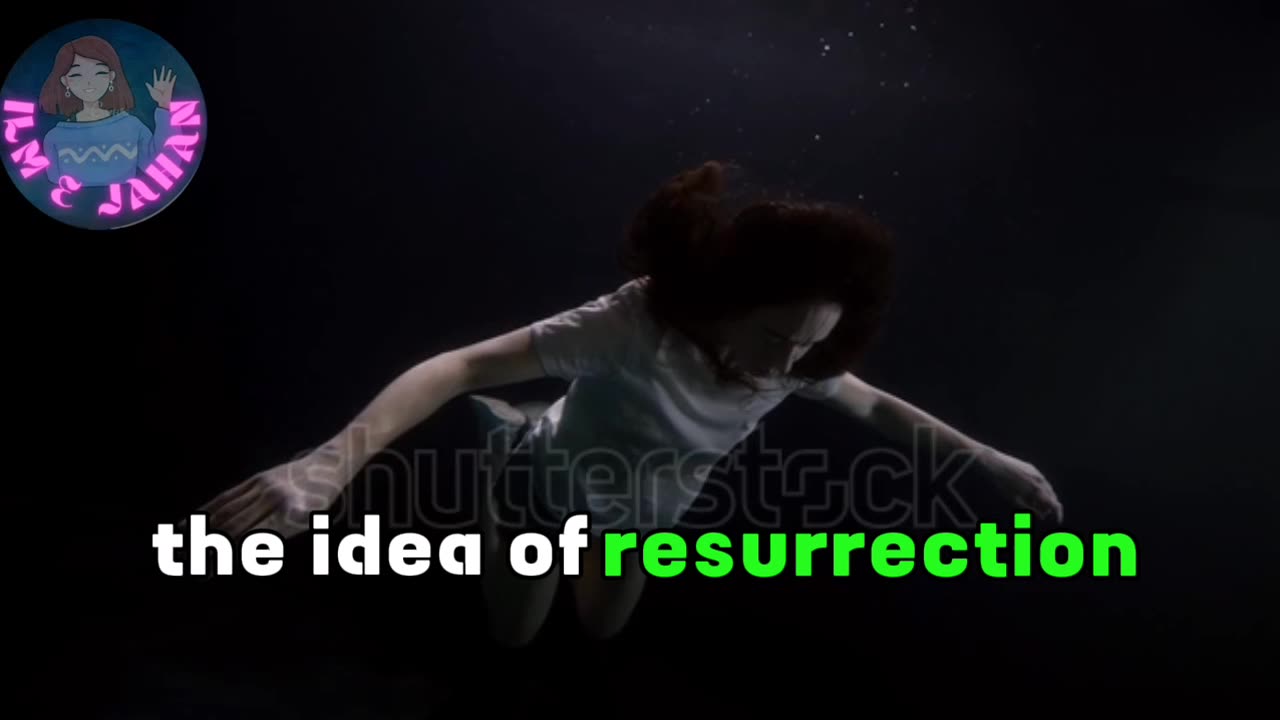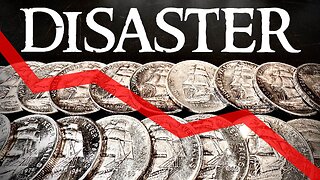Premium Only Content

Reviving the Deceased: Is It Science or Just Fiction?
Reviving the Deceased: Is It Science or Just Fiction?
Our morbid fascination with zombies blends fear and intrigue, but if scientists were to successfully resurrect the dead, it would usher in a society unrecognizable to us today.
In the realm of science, certain boundaries exist, and within medicine, the ultimate frontier is death itself. The notion of rekindling life in the deceased has captivated human imagination for centuries, from Mary Shelley's cautionary tale of "Frankenstein" to contemporary depictions of marauding zombie legions.
The Scientific Pursuit of Resurrection
Enter various life sciences and technology companies, all harboring the audacious belief that restoring life to the deceased might be within reach. One avenue explored is cloning, although human cloning, fraught with ethical quandaries, remains beyond our current grasp. The notion revolves around generating genetic duplicates of ourselves, theoretically granting us another chance at life.
In a technical sense, fertilizing a somatic cell (including skin cells) within an egg cell and implanting it in a human womb is feasible. Scientific advancements have even facilitated this process, making it more efficient. Yet, this approach raises an essential question: would the resulting individual truly be "us"? The intricacies of our identity transcend mere DNA; they encompass our experiences, learned behaviors, upbringing, and life's myriad opportunities.
Cryopreservation: A Glimmer of Hope?
A concept more closely aligned with the idea of resurrection is the preservation of deceased individuals through cryonics. This involves storing their bodies at extremely low temperatures with the hope of reanimating and repairing them when medical science advances sufficiently. Skeptics, however, view this as a long shot, as there is no concrete evidence to suggest that whole bodies can endure cryopreservation without significant damage.
Moreover, thawed-out individuals, despite the cryonic procedure, still meet the criteria for death. Most countries certify death when vital systems, such as the heart, lungs, or brain, cease to function, a state usually accompanied by irreversible damage within minutes. However, a Yale University experiment has challenged the concept of irreversible death by successfully revitalizing the disembodied brains of pigs four hours after their slaughter. Using a blood substitute to reinstate brain cell functions like energy production and waste removal, combined with artificial nutrient and oxygen infusion, some parts of the pig brains regained functionality, though electrical activity remained dormant. This experiment hints that brain injuries and death might not be as definitive as previously thought.
Harnessing Life Sciences in the Digital Age
Another avenue explores the utilization of stem cells to defy death. Bioquark, a life sciences company, is conducting trials involving the injection of stem cells into the spinal cords of patients declared brain dead, coupled with a mixture of proteins, electrical stimulation, and laser therapy. The goal is to stimulate neuron growth and connections in a bid to revive these patients. The long-term efficacy of this therapy remains uncertain, with critics regarding its success as nothing short of miraculous. Official outcomes are yet to be released.
Perhaps the closest approximation to immortality lies in the realm of technology: the preservation of a digital self that can be transplanted into a future body. One startup company aspired to collect data via apps to characterize thought processes and speech patterns, creating a digital personality. Subsequently, individuals' brains would be cryonically frozen for eventual transplantation into an artificial body.
This notion of a personal avatar or digital clone inheriting personality traits has gained momentum. Technologist Ray Kurzweil, Google's director of engineering, envisions a future where medical nanobots within our bodies eradicate disease, repair DNA, and extend our lifespans, all while enabling us to upload our minds into computers to escape the limitations of biological existence. Kurzweil has designated 2045 as the pivotal year when we can routinely shift our consciousness into self-organizing nanobot networks, forming virtual humans or any desired configuration.
While this might sound like science fiction, it stands as one of the less extravagant conjectures amid the multifaceted field of technological resurrection. The overarching theme centers on resurrecting the dead through digital means—supercomputers piecing individuals together from archived data or advanced civilizations exploiting micro wormholes to reach back in time, copying people into the future.
-
 LIVE
LIVE
GussyWussie
4 hours agoReturning to one of the Best Zelda Games - Breath of the Wild
418 watching -
 LIVE
LIVE
Wahzdee
57 minutes agoMorning Grind: Arena Breakout vs Tarkov Showdown 🎮 - Wahzvember Day 25
269 watching -

Barstool Yak
5 hours agoThe Yak with Big Cat & Co. Presented by Rhoback | The Yak 11-25-24
2.09K1 -
 1:43:44
1:43:44
The Quartering
3 hours agoDr Disrespect Leaves Youtube For Rumble! With Rumble CEO Chris Pavlovski
54.6K29 -
 LIVE
LIVE
Grant Stinchfield
1 hour agoMy Trip To The Emergency Room Exposed the Our Joke of a Health Care System
89 watching -
 LIVE
LIVE
RyanMatta
1 day agoOPERATION AMBER ALERT | CHILD TRAFFICKING DOCUMENTARY | EXECUTIVE PRODUCER RYAN MATTA
334 watching -
 14:14
14:14
TimcastIRL
1 day agoJoe Rogan ROASTS The View For Saying He BELIEVES IN DRAGONS In HILARIOUS MOCKERY
41.7K70 -
 2:17:04
2:17:04
Side Scrollers Podcast
5 hours agoDoc Disrespect ON RUMBLE, PlayStation To Rival Nintendo | Side Scrollers
17K3 -
 12:04
12:04
Silver Dragons
2 hours agoGAME CHANGING NEWS FOR SILVER
163 -
 49:43
49:43
Ben Shapiro
2 hours agoEp. 2092 - Trump Makes His FINAL PICKS
34.1K24